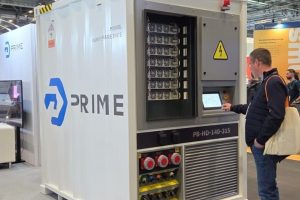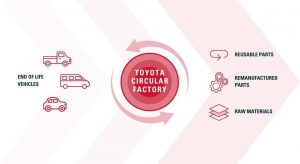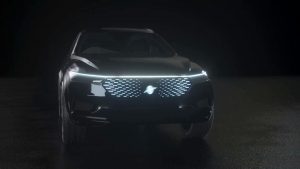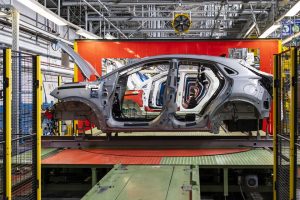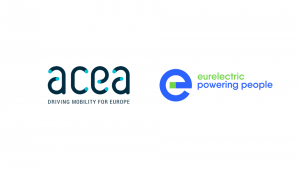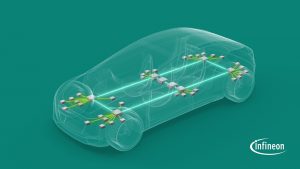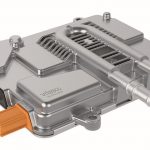Vitesco Technologies launches new converter to reduce emissions in hybrid vehicles
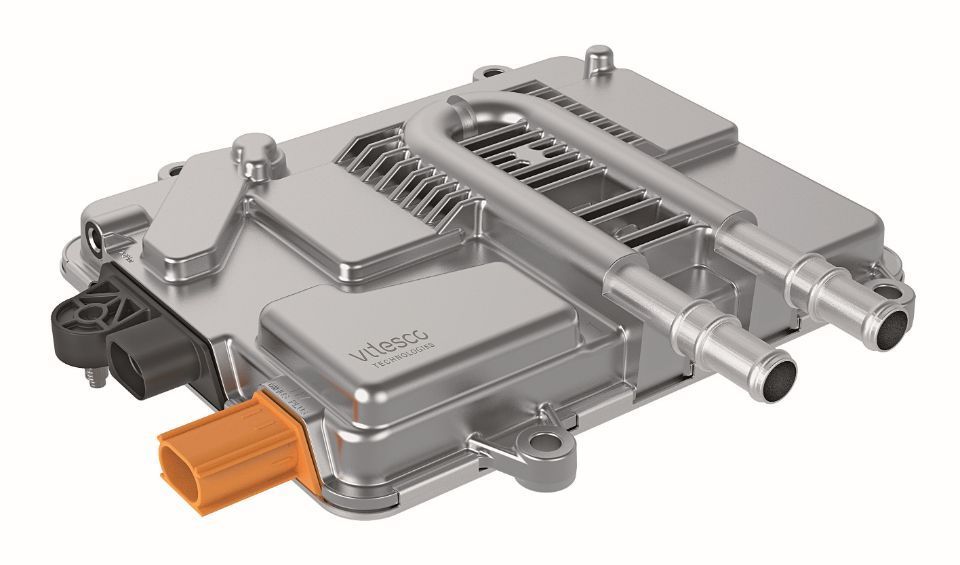
Vitesco Technologies, a leading international supplier of advanced powertrain technologies and electrification solutions, is now making electrical catalyst heating available in high-voltage hybrid vehicles as well. Thanks to a new DC/DC converter, the heating discs of the electrically heated EMICAT catalyst can now also be supplied with electricity in high-voltage vehicles. It is already in use in vehicles with a pure combustion engine or in mild hybrids.
For Vitesco Technologies, the novel use of heating technology in the high-voltage sector is an extension of its existing product range. The e-catalyst enables lowest emissions in real operation – something that is becoming increasingly important in light of forthcoming regulations such as Euro 7, the company says.
“Efficient electrification requires intelligent solutions. The perfect combination of our tried-and-tested EMICAT heated catalyst and our new DC/DC converter reduces real emissions in critical situations, namely when the combustion engine is restarted,” says Klaus Hau, Executive Vice President of the Sensing & Actuation business unit at Vitesco Technologies. “With the converter for electrical catalyst heating in plug-in hybrids, we are making an additional option for electrification available to the market.”
Hybrid vehicles utilize their potential for CO2 savings by shutting off the combustion engine as often as possible and using electric power instead. This results in longer operating pauses in the combustion engine during which the vehicle does not emit CO2. During these phases, the engine cools down. If it is required and restarted, the exhaust flow is also cold at first – possibly too cold to convert pollutant gases in the catalyst. “In other words, the cold start is actually the rule, especially with efficiently-driven hybrids,” says Rolf Brück, head of Catalysts and Filters at Vitesco Technologies. “From the perspective of emission reduction, this is a challenge, as the greatest share of the emissions in a cycle can be generated during cold start situations.” If you want to make the best possible use of electrification in a vehicle to save CO2, a solution is required for all cold start events.









